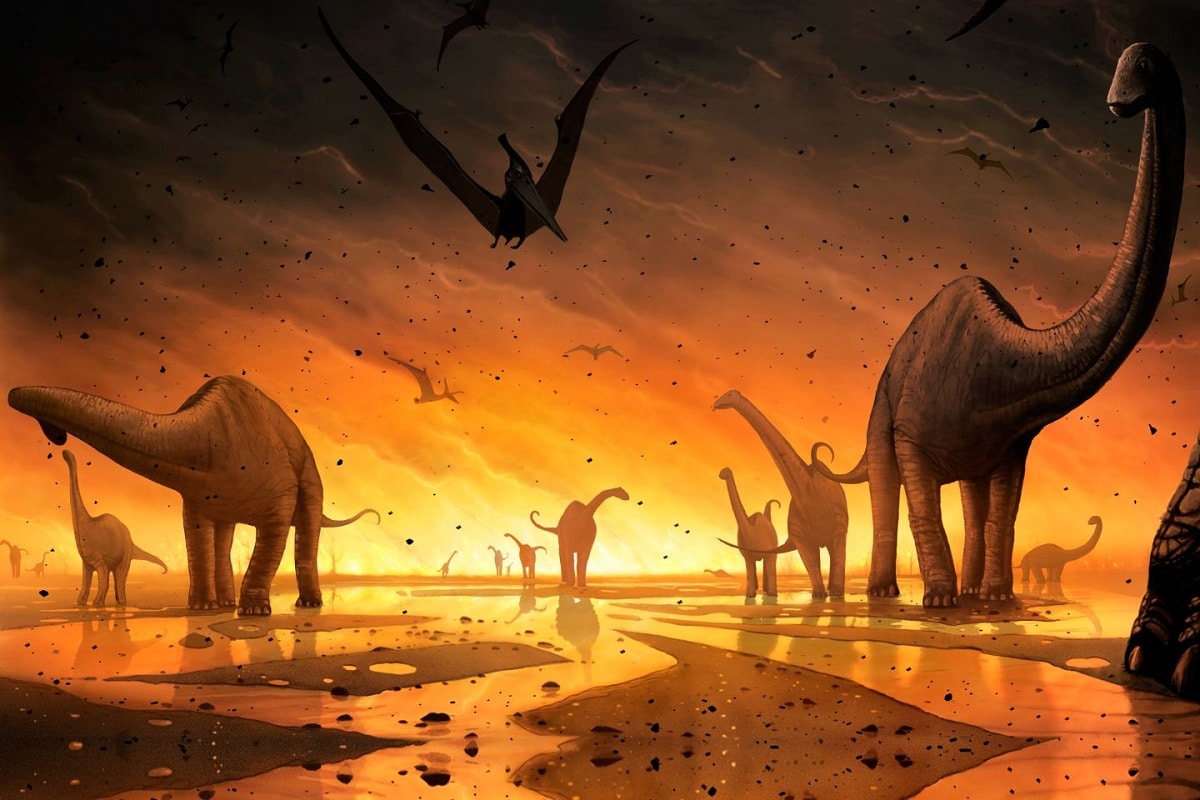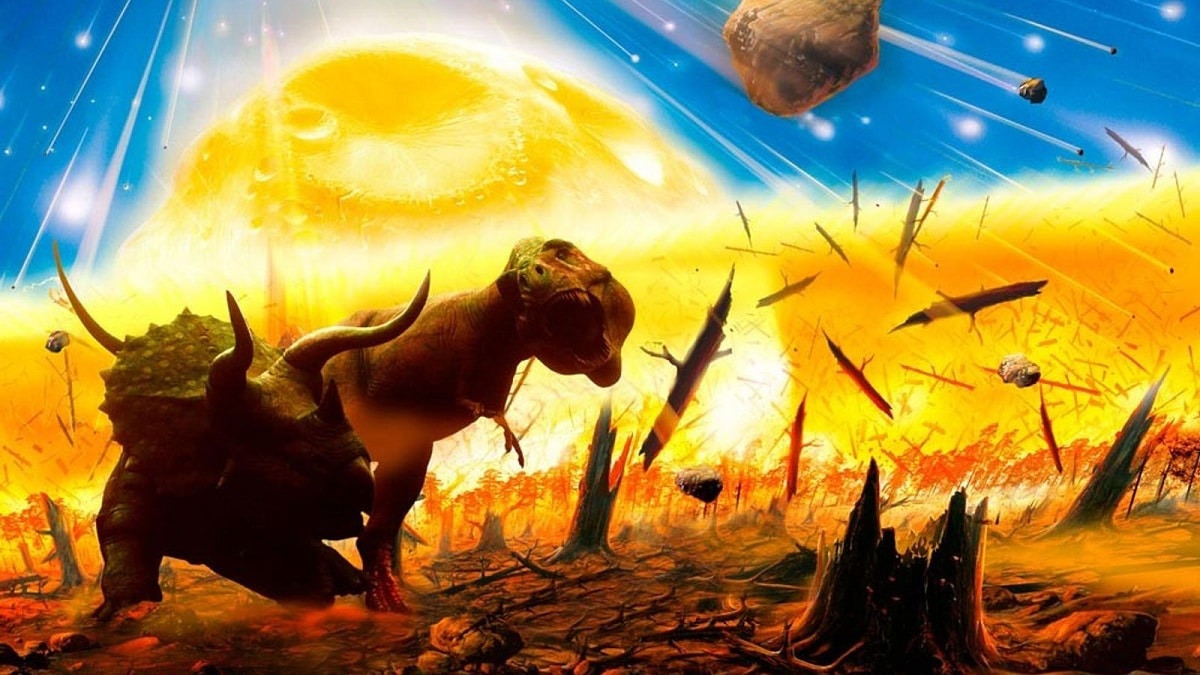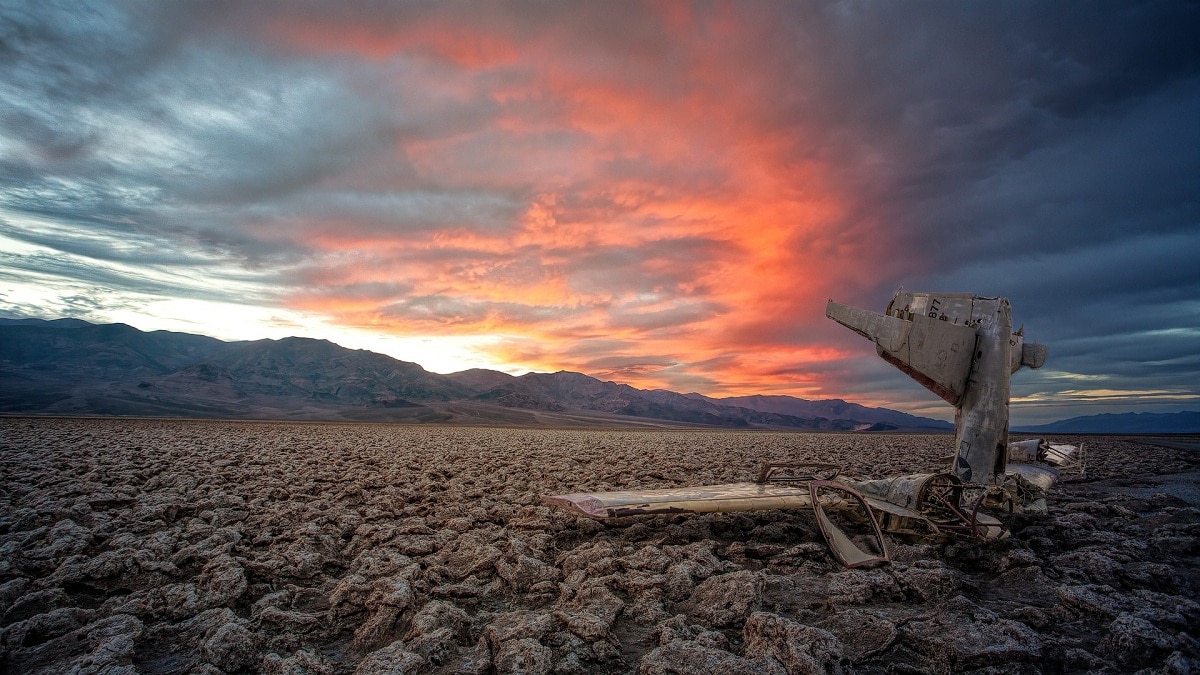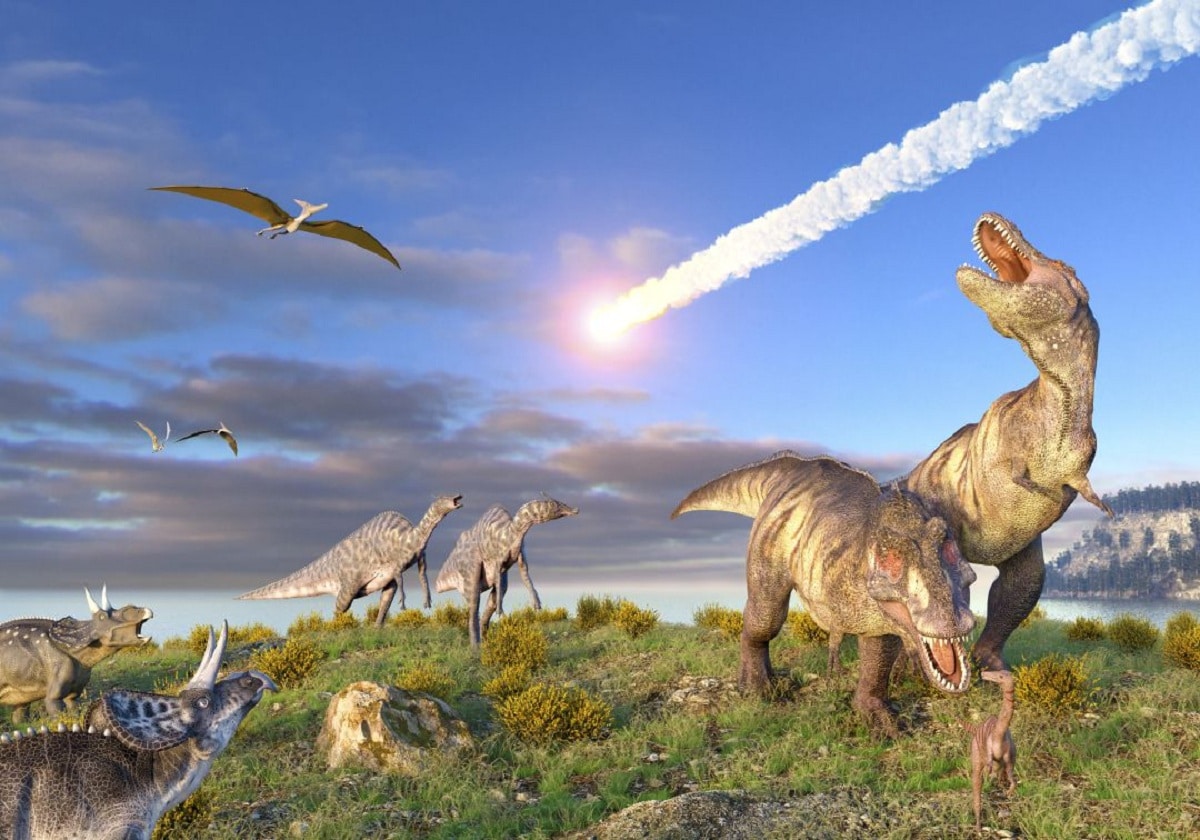
Our planet has more than 4.500 million years of evolution. In all this time there have been various changes that have caused many species to carry out their extinction. These periods of mass extinctions they are nothing new to planet earth. These elements culminated in practically all of the species present at that time.
In this article we are going to tell you everything you need to know about mass extinctions, their characteristics and the importance they have had for the history of the planet.
What are mass extinctions

In the first place, we must first know that a species becomes extinct when there are no specimens left anywhere on the planet that can reproduce and leave offspring. Now, mass extinctions are one of the three types of extinctions that exist. Let's see here what they are called and what their differences are:
- Background extinction: they occur randomly in all biomes and gradually disappear.
- Mass Extinctions: result in a dramatic reduction in the number of species that inhabit a geographic area and occur during a given period of time.
- catastrophic mass extinctions: they occur instantaneously on a global scale, and as a result, the biodiversity of species decreases drastically.
Causes of mass extinctions

After reading the previous section, you may be wondering why mass extinctions occur or what causes mass extinctions of species. There are many reasons why species disappear, but here are some of them.
biological reasons
This is where they come into play the characteristics of the species and the possible endemism and competition between them. In this way, certain species, especially invasive species within their territory, can displace others and drive them to extinction. Often the disappearance of the background occurs for these types of reasons.
environmental reasons
Environmental reasons include: changes in temperature, changes in sea level, changes in the biogeochemical cycle, plate movement, plate tectonics, etc. In this case, if the species cannot adapt to the new living conditions, it is doomed to extinction. For its part, volcanic activity is also part of the environmental causes that often lead to mass extinctions.
extraterrestrial causes
We are not referring to Martians or UFOs, but to the impact of asteroids and meteorites on the Earth's surface. In this particular case, the extinctions occurred during and after the impact, because after the impact they caused changes in the composition of the atmosphere, among other effects. For these kinds of reasons, catastrophic mass extinctions occurred, just as the extinction of the dinosaurs is believed to have occurred.
man-made causes
They are those causes that are entirely caused by human behavior. For example, agriculture, mining, oil extraction and forestry, environmental pollution, the introduction of exotic species, hunting and trafficking of wild species and global warming are some of the environmental problems introduced by humans into ecosystems that will undoubtedly lead to the extinction of species.
Mass extinctions in Earth's history

Can you imagine how many mass extinctions have occurred throughout the history of the Earth? Of course there were five mass extinctions. Even many scientists say that we are experiencing a sixth mass extinction. In this section, we will tell you in which geological period, how long, and why each mass extinction occurred.
Ordovician-Silurian extinction
The first mass extinction occurred about 444 million years ago. It is estimated that it lasted between 500.000 and 1 million years, so that more than 60% of the species became extinct. There are several theories as to what caused this extinction, the strongest claiming that the supernova explosion caused changes in sea level and the ozone layer.
Devonian-Carboniferous extinction
It happened about 360 million years ago and more than 70% of the species became extinct. The extinction event, which lasted 3 million years, is thought to have begun with the eruption of mantle plumes, plumes deep below the Earth's crust that originate from hotspots and volcanic belts.
Permian-Triassic extinction
This event occurred about 250 million years ago and lasted one million years. on balance, 95% of marine species and 70% of land species have disappeared. The exact cause is unknown, but it is estimated that it may have been caused by volcanic activity, gases released from the Earth's core, and asteroid impacts.
Triassic-Jurassic extinction
260 million years ago, this million-year mass extinction event wiped out 70% of species. Theories that explain why include the breakup of Pangea and successive volcanic eruptions.
Cretaceous – Tertiary extinction
It happened 66 million years ago and is perhaps the most famous mass extinction event, as the species of dinosaurs that inhabited the earth became extinct. There are multiple theories to explain why, mostly based on high volcanic activity and the influence of large asteroids. The peculiarity of this event is that it killed not only the dinosaurs, but to more than 70% of the species, and it only lasted an estimated 30 days.
Holocene mass extinction or sixth mass extinction

This particular event has generated a lot of controversy, not only because it would happen immediately, but because its reasons are simply made up. The fact is that the rate of extinction of species is increasing since the development of human activity, for example, mammals are becoming extinct at a rate 280 times higher than normal. In addition, it is estimated that the species that have become extinct in the last two centuries (200 years) should be extinct within 28.000 years. Given this, it is even clearer that we are facing a sixth mass extinction.
To complete our understanding of these mass extinctions in Earth's history, we have provided a timeline of mass extinctions below.
I hope that with this information you can learn more about mass extinctions and their repercussions.
Repetitive and never loses transcendence continuously current, always leaves our soul marked and ecstatic, always keep in mind the continuity of this news and thank you comrades